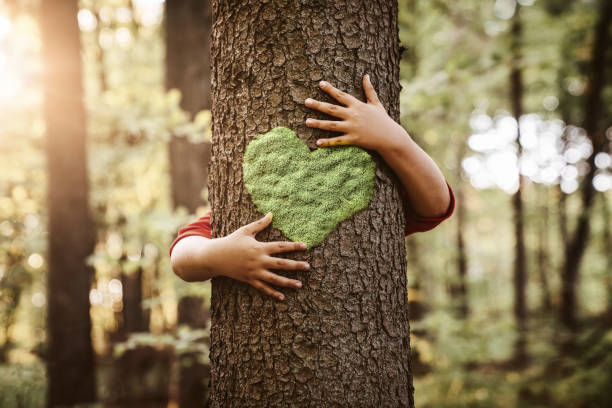Forest protection is essential to mitigating climate change, and a major objective of the Forests and Climate Leaders’ Partnership established at COP27. The ASPEN project aims to develop an integrated framework for the autonomous detection, diagnosis and treatment of tree pests and disease. While recent research reveals the potential benefits of forest health monitoring using remote sensing and drones combined with machine learning, these technologies are absent from current government forest-protection strategies. Furthermore, the potential for autonomous systems to fulfil forest-protection roles beyond surveillance and P&D detection remains underexplored, as are their trustworthiness, safety, legal and ethical implications, and their societal acceptance. ASPEN will advance the state of the art by: (1) undertaking proof-of-concept research in relation to the technical aspects of these roles of autonomous systems, (2) exploring their contextual governance (regulation, legal and ethical norms, impact on wildlife, and stakeholder perspectives), and (3) evaluating the feasibility of their practical use. Specifically, our project will prototype an integrated multidisciplinary framework for trustworthy autonomous-system capabilities in tree health that comprehensively describes their broad functional potential whilst identifying key knowledge gaps, and technological and governance needs.
The DJI Phantom 4 Multispectral RTK drone will be used in this project. It is equipped with a RGB camera and multispectral camera. Currently ASPEN, and specifically the drone’s inclusion, is being considered in two use cases. The first use case is a forest management team is tasked with inspecting a whole forest area, however it would be ideal if the workload of the human experts (which is a vastly limited resource) can be minimised. The deployment of drones can cover a forest and only alert the experts to specific trees of interest. Second use is acquiring a sample (be it a physical sample, such as soil or branch, or an image of the tree) which can be dangerous to a human expert. The dangers include uneven terrain, climbing the tree, and the P&D themselves can be harmful to humans. The project is also planning on prototyping a sampling tool which will cut a branch off, specifically the DeLeaves Tree Canopy Sampling Tool.

